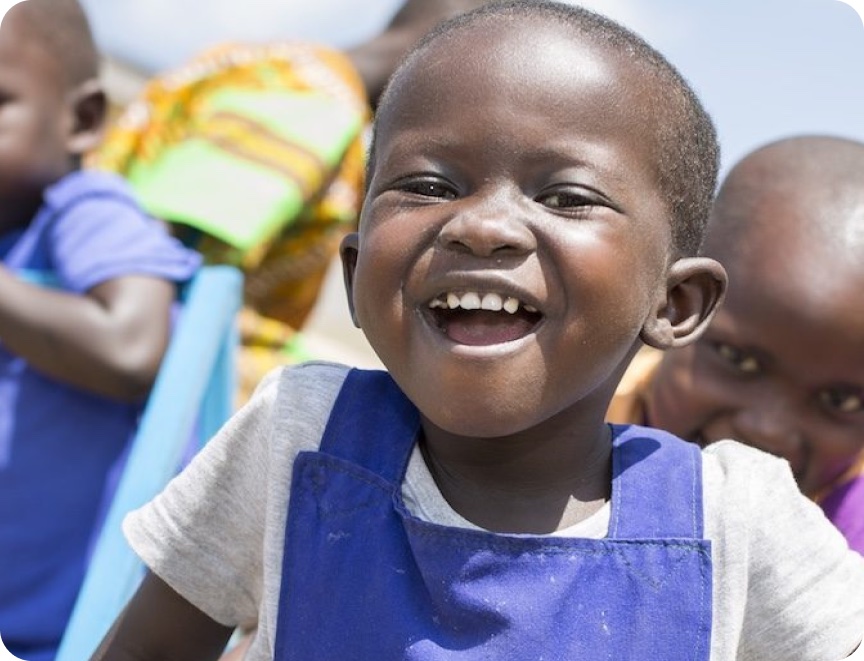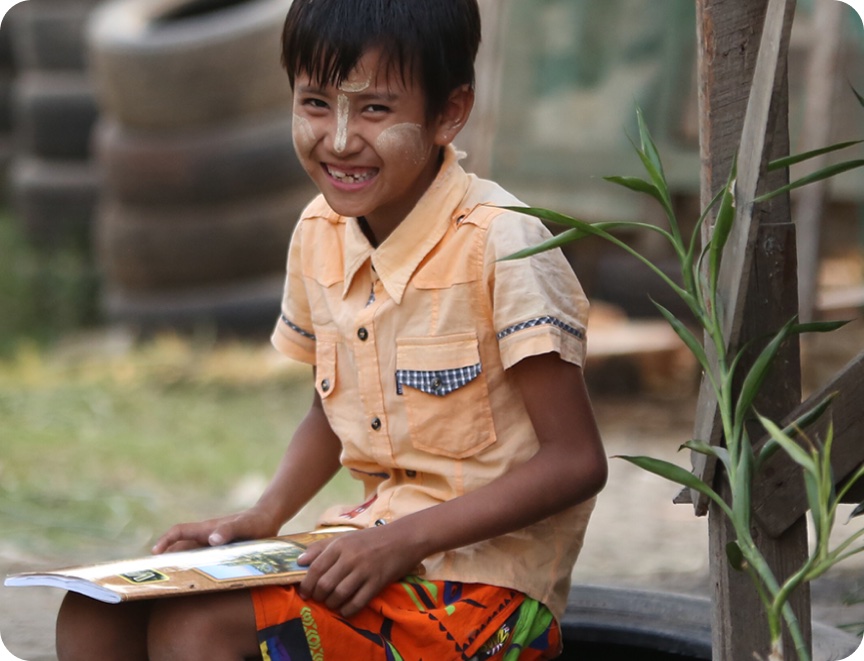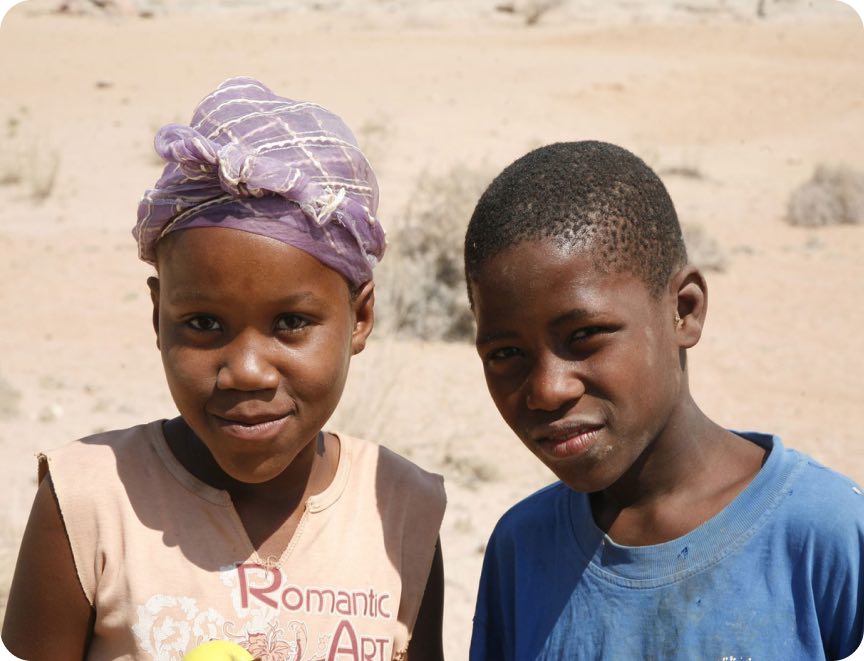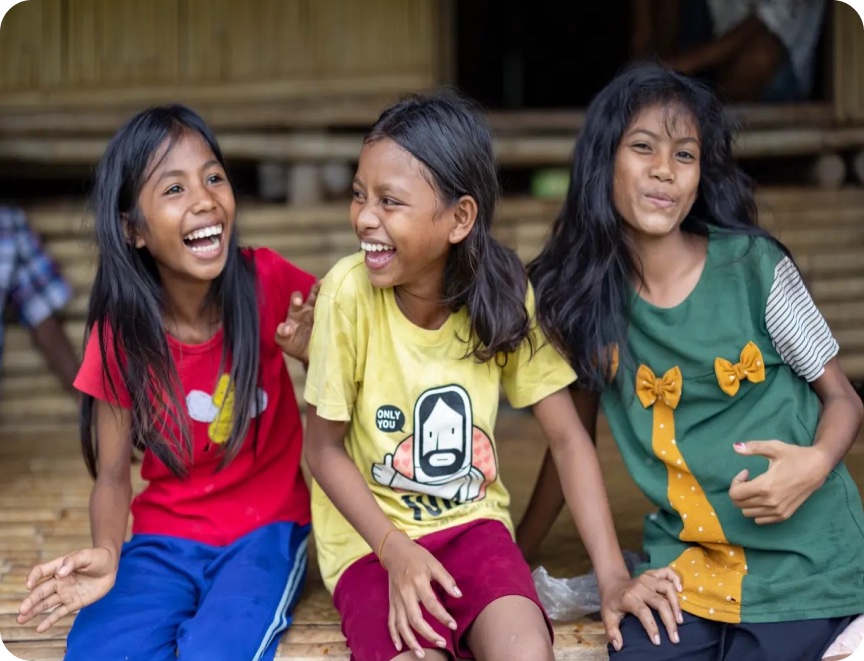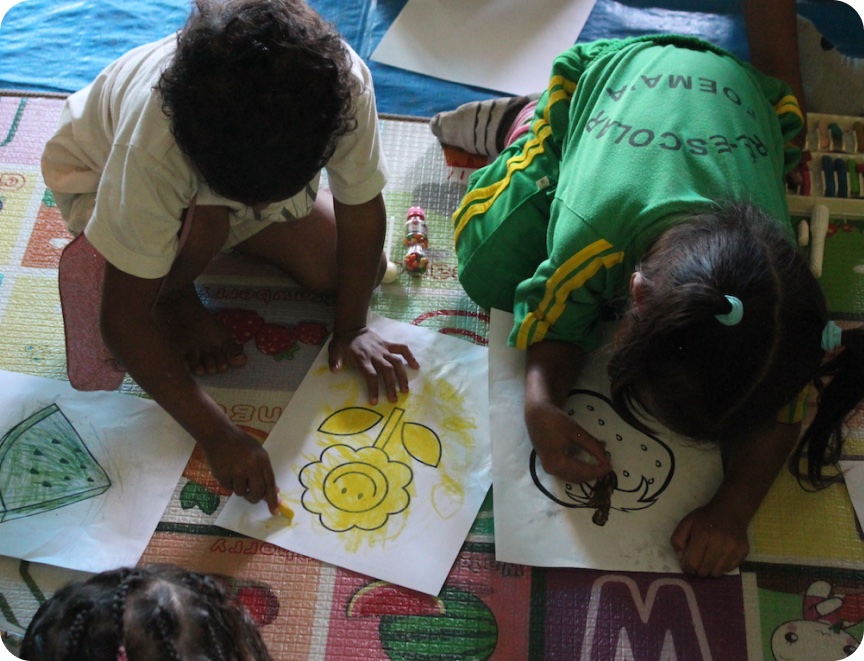3 common childhood fears and phobias
What were you afraid of, all those years ago, when you were just a little child?
Children are known to develop fears or phobias during their childhood. In younger children, around two to three years of age, this can be prompted by things that make loud noises, or when their routine and environment is disturbed.
Five-year-old’s will be more imaginative and develop fears of paranormal and hidden threats, such as monsters under the bed or hiding in the wardrobe.
The fears of older children, however, are often grounded in reality. They are mature enough to comprehend the threatening nature of storms, fire and other natural dangers.
In developed countries such as Australia, New Zealand and the United States of America most children will feel fear, at some point in their childhood. What they’re afraid of, however, usually can’t hurt them in the way they imagine.
For children in developing countries it’s a very different story. In countries like Zambia, Kenya and Cambodia, young people face very real dangers. Many children live in fear of much more than the dark or any imaginary monsters.
Below we take a look at the three most common childhood fears for children around the world.
1. Fear of the Dark

Think back to when you were younger, lying in your bed after the lights were turned out. To a child, walls can seem endless in the shadow of night. Did your familiar bedroom transform into a wilderness, full of shapes and sizes that you couldn’t recognise or explain?
Being afraid of the dark is very common among young children. According to a study by onlineclock, it is most prevalent in children between the ages of four and six, but can affect children up to the age of nine and even older.
The night is full of mysterious sounds and shapes, and children rely on their imagination to fill in the gaps and explain what they think they’ve seen or heard.
For many children in developing countries, being in the dark is not something that can be easily fixed with the flick of a switch and is more than just a time where children’s imaginations can go wild. It can pose a real threat to children’s lives.
In many disadvantaged communities there is a lack of electricity or a reliable source of power, meaning children and families often use kerosene lamps to cook, clean and study. One of the major dangers of kerosene lamps is they can cause fires and explosions.
In communities without access to electricity or other sources of light, the darkness can be a threat to a child’s future; they are unable to study, read a book or complete their homework. They are unable to finish their education and break the cycle of poverty that has affected their family for generations.
In villages without proper sanitation, children’s safety is at risk because they need to venture outside into the darkness, sometimes far from their homes, to go to the toilet.
2. Fear of thunder and lightning

Loud cracks of thunder and flashes of lightning can unsettle young children, making them feel terrified and anxious.
For most children, their fear ends when the storm passes.
A child in a developing country, however, has much more to fear during a storm, and even more so if a severe weather event strikes. In communities dependent upon agriculture, the weather can decide the fortunes of entire families.
In parts of Asia, the annual monsoon, typhoon and cyclone season can devastate entire communities, leaving children and their families without homes or possessions.
In Africa, droughts in farming communities leads to poor crop yields, livestock perishing, and soaring food prices. Children are the most vulnerable in these situations as they face a great risk of becoming malnourished.
3. Fear of wildlife

Often children from a young age learn which creatures are harmful, and this fear is often taught by their parents. The usually unattractive appearance of these creatures – including beady eyes, multiple legs and large teeth – are also pretty scary!
Animals that children around the world most commonly fear include
- Spiders
- Dogs
- Crocodiles
- Bees and wasps
- Snakes
In Australia, we usually have a can of bug spray under the sink as a household rule, ready to ward off flies and mosquitos. If a spider bite were to occur, treatment can be provided at the local hospital.
Children living in developing countries also fear a range of wildlife, however do not have a can of bug spray handy and have limited access to healthcare services. Many wildlife in developing communities, particularly in rural areas, also carry infectious diseases.
Mosquitoes, which mostly strike at night while children are sleeping, can be life threatening to newborns and infants.
Mosquito bites notoriously spread:
- Malaria
- Dengue
- Yellow fever
Children living in poverty often lack strong immune systems because of poor nutrition, and the harm caused by any form of wildlife they encounter can be deadly.
You can help children live fearlessly
Childhood is a time to live fearlessly. Join us in helping the children most in need in the world live fearless lives. Why? Because every child needs a childhood. Donate now!





